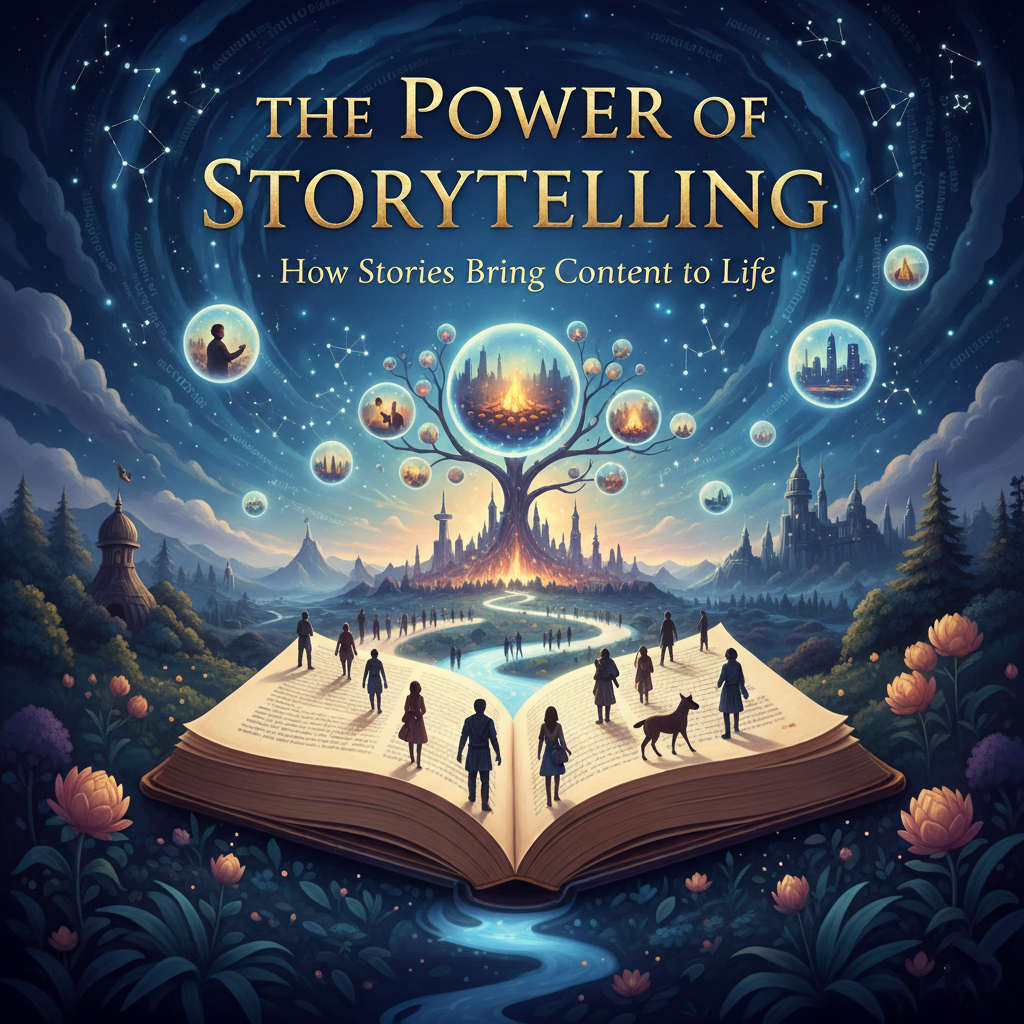Content is not just text or video. Content comes to life when it evokes emotions, engages, and stays memorable. The simplest way to achieve this is through storytelling – the art of telling stories.
Why Stories Work
- We remember stories, not facts.Numbers and dry facts are quickly forgotten. A story with characters, conflict, and development keeps attention and stays in memory.
- Emotions make content stick.Stories evoke laughter, surprise, empathy – these are the things that make people share content and come back for more.
- Stories build trust.When you share personal experiences or show a journey toward a result, your audience sees a real person, not faceless information.
How to Use Storytelling in Content
- Choose a main character.This can be you, a client, a product, or even an idea. The character should be relatable to your audience.
- Create a conflict or goal.Every story is interesting because it develops: the character faces a problem and seeks a solution. This keeps attention.
- Show the journey to the solution.Describe how the character solves the problem and the challenges faced. This creates dynamics and engagement.
- End with a takeaway.The story should give a lesson or show a result. The audience should leave with a clear thought or emotion.
Examples of Storytelling in Content
- Social Media: A photo with a caption about personal experience or a mini-story in Reels/Shorts.
- Blog: A case study showing a client’s problem and how your product solved it.
- Video: Documenting a process with a clear beginning, conflict, and resolution.
Practical Tip
Don’t be afraid to share personal experiences, mistakes, and successes. People love real stories, not perfectly polished content. Even a short example with emotion works better than a long list of tips.

